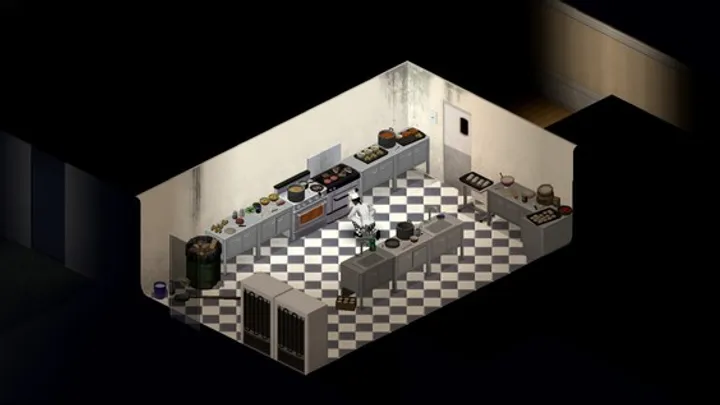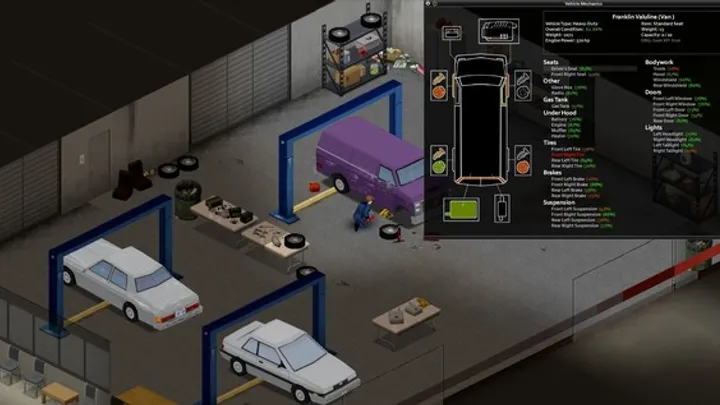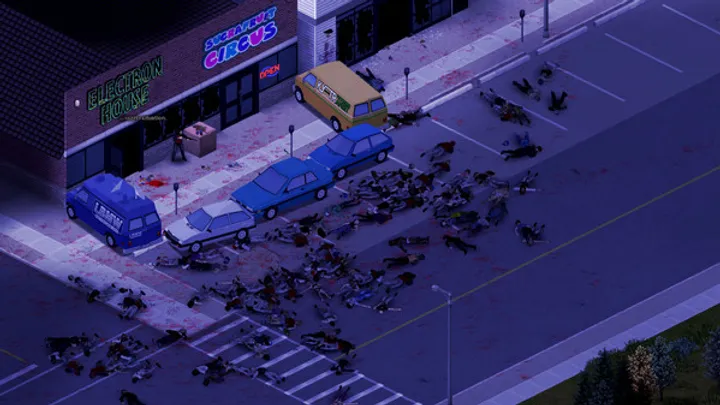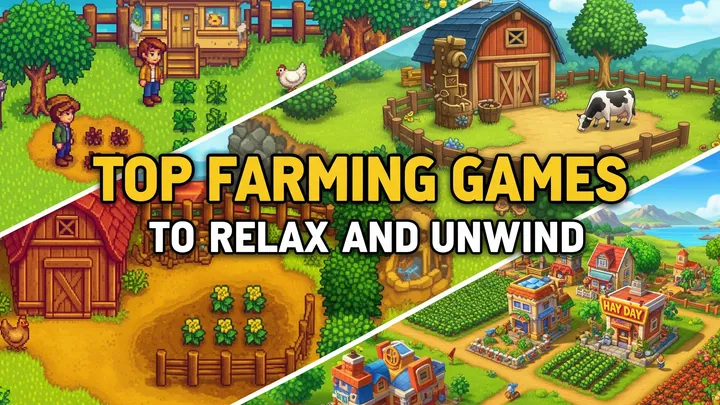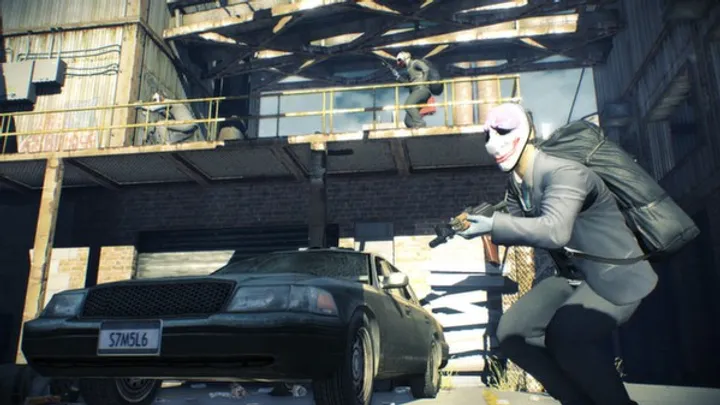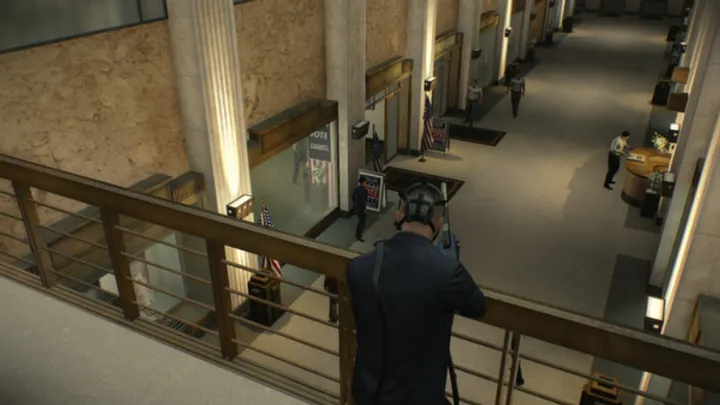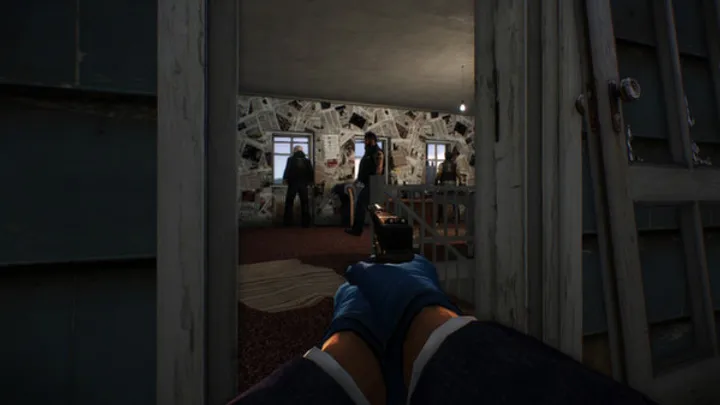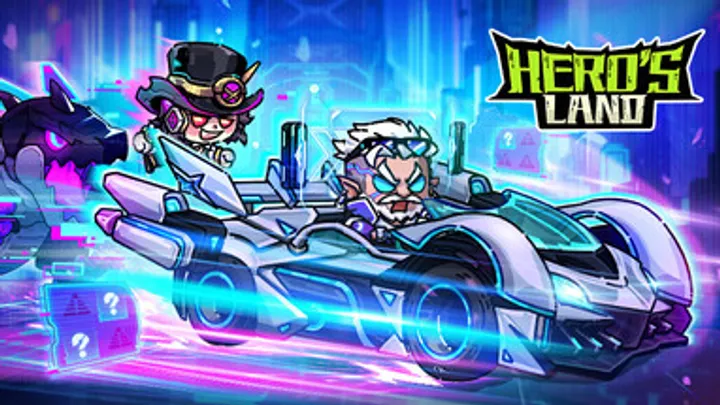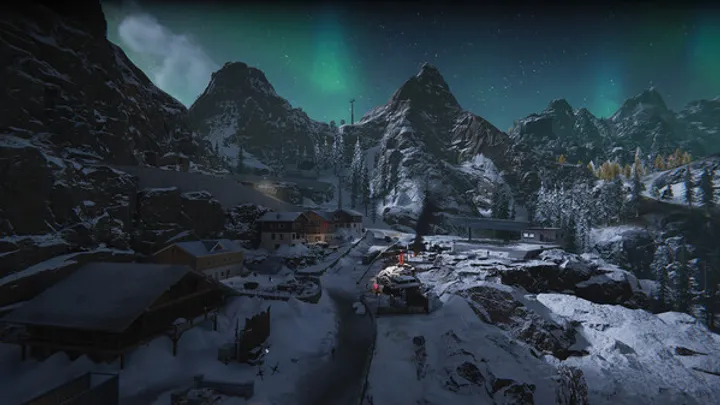Introduction
Shadowverse: Worlds Beyond expands the legacy of Cygames' popular card battler into a hybrid card RPG, combining deep deck-building strategy with immersive real-time exploration. Whether you're brand new to the game or returning from the original Shadowverse, Worlds Beyond introduces enough fresh mechanics, visual polish, and gameplay systems to make it feel like a whole new experience.
In this guide, you'll find a comprehensive breakdown of the best tips and strategies to help you progress smoothly—from beginner-level basics to advanced PvP techniques. With ten clearly ordered sections, each building upon the last, this guide will act as your roadmap through the game's expansive content and competitive depth.
Getting Started: Understanding the Interface and Game Flow
Before you play your first match, it's important to understand how Shadowverse: Worlds Beyond is structured. Upon launching the game, you'll be presented with a sleek interface that leads into different areas: Story Mode, Multiplayer (Ranked and Casual), Arena (draft modes), Events, and Card Collection.
Take time to explore each section. The Story Mode not only introduces narrative elements but also serves as a tutorial. Completing early chapters will reward you with card packs, gold, and even legendary cards. Linking your account to a Cygames ID ensures cloud saving and account recovery across platforms.
You should also complete the in-game tutorial missions. These offer a strong foundation in mechanics, card types, and resource systems. Don’t skip them—even experienced players will benefit from learning the new elements introduced in Worlds Beyond.
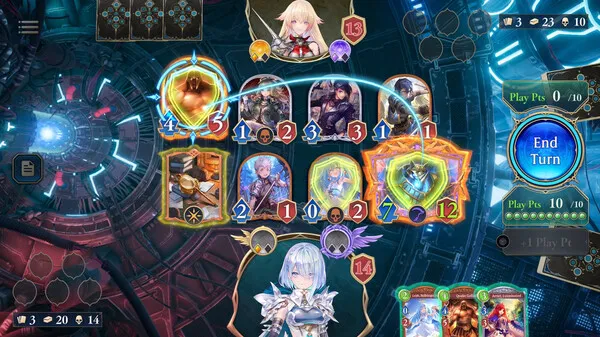
Choosing Your Leader Class: Finding Your Playstyle
In Shadowverse, your class (or leader) determines what cards you can use and what kind of strategy you’ll follow. Each class has unique mechanics and card pools. New players should try each one in Story Mode to see what feels best.
Here’s a breakdown of the core classes:
- Forestcraft: Focuses on multiple low-cost plays and combo effects.
- Swordcraft: Swarm tactics and follower synergy.
- Runecraft: Spell-heavy decks with combo finishers.
- Dragoncraft: PP ramp and powerful late-game cards.
- Shadowcraft: Graveyard management and necromancy.
- Bloodcraft: Self-damage synergy and explosive plays.
- Havencraft: Countdown amulets and control style.
- Portalcraft: Artifact cycling and board tempo.
Try experimenting with several leaders before settling on a favorite. Each has multiple viable archetypes, from aggressive decks to control or combo-based strategies.
Building a Strong First Deck
Deckbuilding is the heart of Shadowverse, and your success hinges on understanding card synergy, cost curves, and win conditions. Every deck must contain exactly 40 cards, with no more than three copies of a single card.
Start with prebuilt decks provided by the game. These give you a stable framework and allow you to learn key synergies. As you gain more cards from packs or missions, start swapping in stronger options that better support your strategy.
Pay attention to your mana curve. You want a healthy balance of low-cost cards for early game presence and higher-cost finishers. A typical curve might include:
- 10–12 low-cost (1–2 PP) cards
- 10–12 mid-cost (3–5 PP) cards
- 6–8 high-cost (6+ PP) cards
- Also include removal spells, board clears, and tech cards to deal with common threats.
Mastering the Evolve System and Card Types
One of the standout mechanics in Shadowverse is the evolve system. Starting on turn 4 or 5, players gain evolve points that allow them to strengthen followers and trigger powerful effects.
Evolving a follower grants it +2/+2 stats and often activates a unique ability—such as drawing cards, destroying enemy followers, or healing your leader. Properly timing your evolve plays is critical, especially in mid-game tempo battles.
There are three main card types:
- Followers: Units you play on the board. They attack and defend.
- Spells: One-time effects that activate immediately and go to the graveyard.
- Amulets: Passive effects that stay on the field, some with countdowns.
Understanding how these types interact is essential to building synergy. For instance, many Havencraft decks revolve around countdown amulets that activate powerful effects after a few turns.
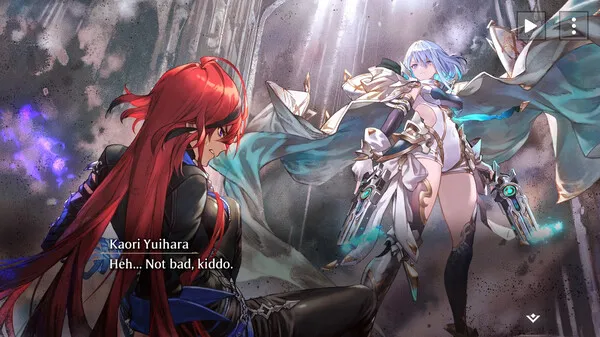
Exploring the Story Mode for Growth and Rewards
The Story Mode in Worlds Beyond is much more expansive than before. It combines classic card battles with real-time exploration, character development, and even side quests.
Each story chapter is tied to a different leader and offers unique battles that introduce class mechanics. Completing story chapters rewards you with:
- Gold and rupies
- Card packs and legendary cards
- Cosmetics (skins, emblems, card sleeves)
You should aim to 100% complete each area. Some areas include hidden items, optional boss fights, and unlockable lore content. Not only is this valuable for progression, but it also prepares you for the challenges of PvP.
Daily Missions, Events, and Progression Systems
Progression in Shadowverse relies heavily on engaging with daily and weekly content. Make sure to complete your daily missions every time you log in—these typically reward rupies, vials, and card packs.
Events such as Grand Prix, Brawls, and time-limited solo challenges offer unique formats with generous rewards. Participating in these events can also give you access to alternate art cards and limited cosmetics.
The most efficient way to progress:
- Log in daily for bonuses
- Complete missions (especially multi-win missions)
- Participate in Grand Prix when available
- Finish story battles for milestone rewards
Also keep an eye out for seasonal campaigns and crossovers, which often give away free packs and legendary cards.
Understanding the Meta and Popular Decks
To succeed in multiplayer, you need to understand the meta—the currently dominant decks and strategies in ranked play. The meta shifts every few weeks due to card releases and balance patches.
Use online resources to stay up to date. Popular Shadowverse tools include:
- Tier list websites
- Community deck repositories
- Reddit and Discord discussions
- YouTube gameplay analysis
Common archetypes include:
- Aggro: Fast-paced decks focused on early wins
- Midrange: Balanced decks with flexible strategies
- Control: Slower decks that win with removal and finishers
- Combo: One-turn-kill or synergy-based decks
Netdecking is perfectly acceptable when starting out. Learn a top-tier deck first, and then start customizing it to suit your own style.
Advanced Strategy: Tech Choices and Matchup Knowledge
Once you’re comfortable with the basics, it’s time to refine your skills. High-level Shadowverse play requires knowledge of matchups, tech card decisions, and tempo management.
Tech cards are included specifically to counter popular strategies. For example:
- Healing cards vs aggro
- Banish effects vs Shadowcraft
- Ward followers vs OTK combos
Identify which decks are giving you trouble and adjust your deck accordingly. Keep track of your win rate across matchups to understand where improvements are needed.
Additionally, mastering tempo—knowing when to pressure or play defensively—is what separates average players from top-tier competitors. Always think 2–3 turns ahead.
Participating in PvP Modes and Draft Formats
Worlds Beyond offers several multiplayer formats:
- Ranked: Climb from Bronze to Grandmaster
- Casual: Practice without rank pressure
- Take Two: Draft format where you build a deck from semi-random pairs
- Grand Prix: Competitive timed event with high-stakes matches
Take Two is especially good for improving card evaluation. Since you won’t always have meta cards, you’ll need to think carefully about each pick and synergy. Grand Prix, on the other hand, gives top players a chance to earn massive rewards, including legendary leaders and unique cosmetics.
To climb ranked efficiently:
- Focus on one or two optimized decks
- Play in win streaks (many rewards are tied to consecutive wins)
- Analyze your replays to find mistakes
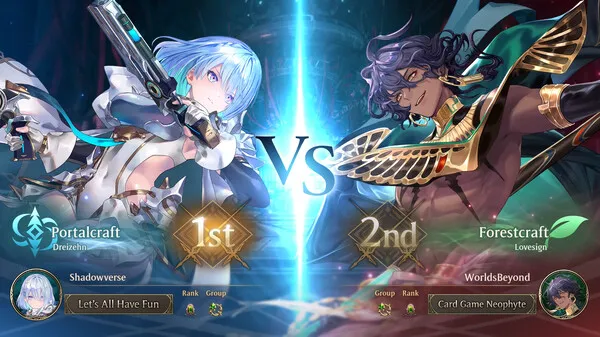
Long-Term Account Optimization and Crafting
The game rewards consistent players who manage their resources wisely. Don't blow your vials on flashy legendaries unless you’re sure they’re essential to your favorite deck or meta staple.
Some long-term goals to focus on:
- Craft essential neutral legendaries
- Save rupies for new expansions
- Dismantle unused golds or silvers
- Collect leader skins and cosmetics
Vials are your main crafting currency, and while generous, they are finite. Wait for a card to prove its value in the meta before crafting. Prioritize cards that are useful across multiple classes.
If you're free-to-play, make sure to maximize limited-time events. These often provide more packs than grinding regular modes and can help you quickly grow your collection.
Conclusion
Shadowverse: Worlds Beyond is a deep, engaging card game that rewards strategy, consistency, and creativity. With its mix of PvE storytelling and high-level PvP competition, it offers something for every type of player. By following the tips in this guide—from choosing a class and building your deck to mastering the meta and joining events—you'll be well-equipped to enjoy everything the game has to offer. Remember to keep learning, adapting, and most importantly, having fun.








